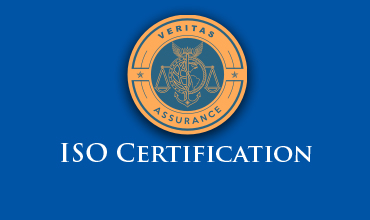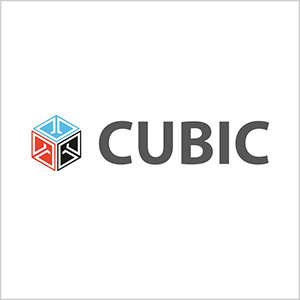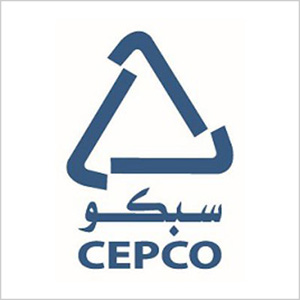
ISO 20400 – Guidelines for Sustainable Procurement
ISO 20400: Guidelines for Sustainable Procurement is a worldwide standard created by the International Organization for Standardization (ISO). It offers help to organizations on how to include sustainability in their buying processes. This standard was introduced in April 2017 and is suitable for all organizations, no matter their size, industry, or where they are located.
Main Goal of ISO 20400
The goal of ISO 20400 is to:
- Assist organizations in making purchasing choices that are beneficial not just for themselves, but also for society and the environment.
- Ensure that buying practices align with sustainability values such as ethical conduct, human rights, and caring for the environment.
- Enhance risk management and save money over time by using sustainable supply chains.
Overview of ISO 20400
The guideline consists of three primary parts:
1. Grasping the Basics of Sustainable Procurement
- Definitions and principles of sustainability related to purchasing.
- The three key aspects: economic, environmental, and social.
2. Incorporating Sustainability into the Organization's Buying Policy and Strategy
- Making sure that purchasing matches organizational goals and values.
- Involvement of leaders, governance, and engaging with stakeholders.
3. Supportive Actions and Practices
- Developing skills, prioritizing tasks, and overseeing the supply chain.
- Embedding sustainability throughout the buying process (like planning, choosing suppliers, and managing contracts).
Main Principles Encouraged
- Responsibility
- Clarity
- Honor for human rights and ethical practices
- Environmental duty
- Focusing on value over the total costs of ownership instead of just the initial price
Who Should Use ISO 20400?
- Buying professionals and managers
- Teams focused on sustainability and corporate social responsibility
- Suppliers and contractors
- Organizations in both public and private sectors that aim to improve their buying practices
- Lower environmental and social risks.
- Better brand image and trust from stakeholders.
- Stronger relationships with suppliers and more innovation.
- Increased long-term value by optimizing life-cycle costs.
- Meeting legal and international sustainability commitments (like the UN Sustainable Development Goals).



























_ Logo.jpg)




























